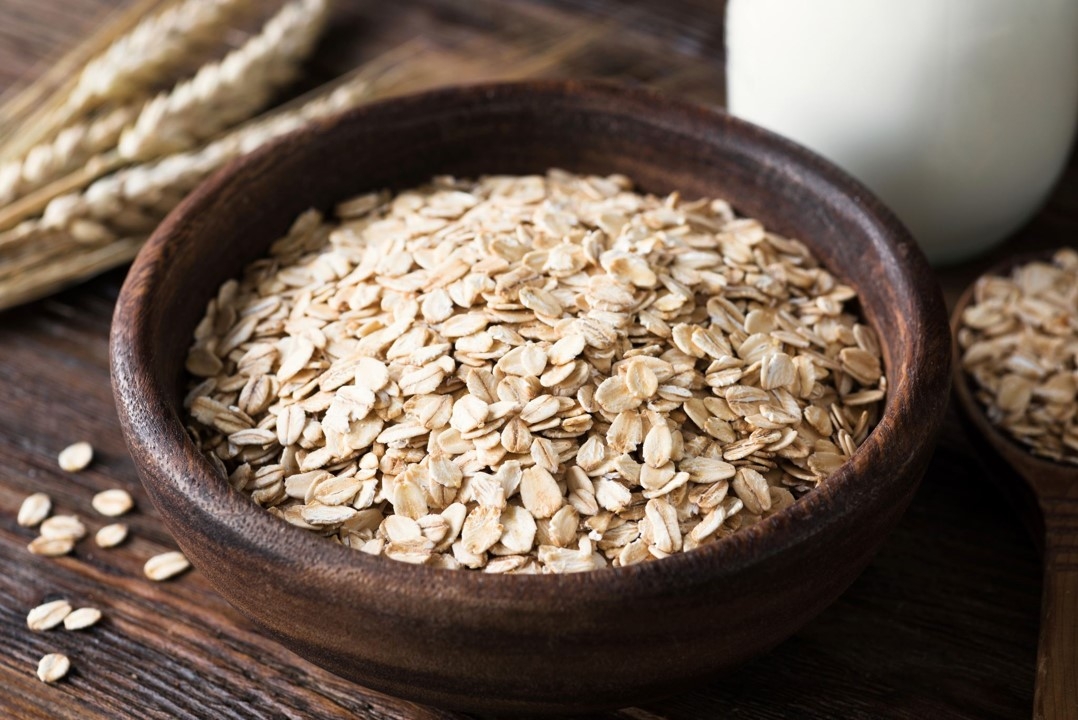Communicating importance of value-added products

Facing increasing pressure to quantify the value of export promotion efforts to investors, a U.S. industry organization retained WPI to develop a quantitative model that better communicated the importance of exports. The resulting model concluded that value-added meat exports contributed $0.45 cents per bushel to the price of corn, increasing support for that sector’s financial support of WPI’s client. In addition to serving the red meat industry with this type of analysis, WPI has generated similar deliverables for the U.S. soybean and poultry/egg industries.

 Chicago futures remained hopeful in the wake of this week’s U.S.-China trade agreement. Bears are quick to note that an agreement and sales are two very different animals. U.S. soybean exporters will still face a 13 percent tariff into China and there are no clear penalties should China m...
Chicago futures remained hopeful in the wake of this week’s U.S.-China trade agreement. Bears are quick to note that an agreement and sales are two very different animals. U.S. soybean exporters will still face a 13 percent tariff into China and there are no clear penalties should China m...
 CBOT board soybean crush margins have recently compressed due to the run-up in soybean prices and weakness in soyoil values. The January board crush fell from its recent high of 155.75 cents/bu on 17 October to 140.75 as of this writing, a decrease of about 10 percent. This week’s sudden...
CBOT board soybean crush margins have recently compressed due to the run-up in soybean prices and weakness in soyoil values. The January board crush fell from its recent high of 155.75 cents/bu on 17 October to 140.75 as of this writing, a decrease of about 10 percent. This week’s sudden...
 Inflation pressure has added tailwinds for the chicken sector. Food service operators have experienced lower traffic and have therefore resorted to promotions to attract customers, mainly featuring chicken. Restaurant traffic declined 2 percent in September, and 30 percent of commercial foodser...
Inflation pressure has added tailwinds for the chicken sector. Food service operators have experienced lower traffic and have therefore resorted to promotions to attract customers, mainly featuring chicken. Restaurant traffic declined 2 percent in September, and 30 percent of commercial foodser...
 Dry bulk markets were quiet and mostly flat last week. Spot rates softened a little bit as vessel owners threw in the towel on waiting for improved demand. Most hopes for any recovery in rates now rests on the new U.S.-China trade deal. After the positive meeting between Presidents Xi and...
Dry bulk markets were quiet and mostly flat last week. Spot rates softened a little bit as vessel owners threw in the towel on waiting for improved demand. Most hopes for any recovery in rates now rests on the new U.S.-China trade deal. After the positive meeting between Presidents Xi and...